DC Resets Universe Again
DC is once again resetting the clock on its universe and starting all its books over with issue #1.
DC is once again resetting the clock on its universe and starting all its books over with issue #1.
NYT (“Restarting Comics’ Clock Is Issue No. 1“):
Audacious. That is the best way to describe the recent DC Comics announcement that it was renumbering its entire DC Universe line of comics: by September 52 series will have begun anew, each with an issue No. 1.
Though comic book publishers resort to these restarts regularly, many collectors continue to snap up No. 1 copies in a belief that they, like the legendary Action Comics No. 1, which introduced Superman, will go up in value. Beginning a series at No. 1 is also a chance to grab new readers, who may be turned off by trying a comic book that has had, say, 543 previous installments. In the past many of these restarts still built on what had come before. But by starting fresh, DC means to signal that a degree in comic book lore is not necessary to understand these stories: it will be like experiencing Superman for the first time.
From one standpoint this move looks like a stunt or a last gasp for the comic book industry, which has been dealing with reader attrition thanks to event fatigue, insular story lines, higher prices and the immersive world of video games. In 2006 Civil War, a tremendously popular event story line involving all of Marvel Comics’ heroes, had first-issue sales of more than 350,000 copies. This year the first-issue sales of its latest event, Fear Itself, were estimated around 130,000. (Expect more such stunts from Marvel. Last week the company announced that in October its long-running Uncanny X-Men series will publish its last issue, No. 544, and while no restart has been indicated, it’s not difficult to imagine a “new beginning” somewhere around the corner.)
[…]
And while this renumbering is meant to offer fans a point at which to jump on the ride, for some it may be a place to jump off. “A certain part of the readership is put off by the nonpermanence of their comics. They know that a dramatic change — the hero getting married or killed, say — will be undone before long,” Mr. Evanier wrote.
Count Ned Resnikoff in that camp:
DC and Marvel’s flagship titles don’t have narrative arcs anymore. If you believe the two biggest comic publishers on Earth, the life of a superhero is incident after nightmarish incident, with no logical progression. And not even death can end the eternal parade of horrors, because dead heroes get only get a few precious months of rest before their hideously contrived resurrections. (See io9-s X-Men timeline to watch that play out in official Marvel chronology.) That’s if you’re lucky, anyway. If you’re unlucky, you get a reboot. And all of the most traumatic events in your life happen again, over and over, except each time they’re somehow more gothic and elaborate and grotesque.
The worst part, though, is that none of it means anything. If you live forever and nothing fundamental in your circumstances can ever permanently change, how can anything mean anything? And if there’s no room for meaning, then why is your story worth telling?
The problem is that very few readers, indeed, have been with Superman since his 1938 debut; it’s been 73 years, after all and most of us weren’t alive then. Hell, I’m a middle aged man and my parents weren’t alive then. All of the iconic DC brands were launched before I was born. The Marvel universe is much newer. Still, Fantastic Four debuted in 1961; Spider-Man, Thor, Hulk, and in 1962; Iron Man, X-Men, the Avengers, and Nick Fury in 1963; Daredevil and the revived Captain America in 1964. Those were all out before I was born.
By the time I started collecting comics in 1977, then, the DC Universe was almost forty years old. While collecting every issue of the Superman and Batman titles was an interesting fantasy, it was already something that only the very wealthy could aspire to. It was theoretically doable for the Marvel titles, but the very earliest issues were incredibly expensive, at least from the perspective of an 11-year-old, even then.
When DC did the first of the big reboots, the 1986 Crisis on Infinite Earths, it did feel like something of a betrayal. But they at least kept the numbering alive. The only concession they made to the market was letting John Byrne create a Superman #1 and renaming the existing Superman title, which dated to 1939, as Adventures of Superman but retaining the numbering.
Marvel, naturally, lampooned DC saying they’d never do such a thing because their books were too good to need rebooting. But Marvel is older now than DC was then. And they’ve done multiple reboots, including, as I understand it (my collecting days all but ended when I went into the Army) multiple restarts of their iconic titles, only to decide some time later to renumber from the very beginning, counting each of the intermittent runs as part of the original.
While all this is annoying as hell to the longtime collector who’s still actually reading the books, the fact of the matter is that this is a teeny sliver of the audience. Editorial decisions at comic publishers can’t be geared to 40-, 50-, and 60-year-old readers.
Nor, realistically, can most of the characters be allowed to age and die. I suppose anyone can be Iron Man or Green Lantern, since those characters depend on external and readily transformable sources for their abilities. But someone else in the suit isn’t really Batman or Captain America.
I can’t speak to the recent incarnations of the books but I can say that the DC titles got markedly better with the Crisis reboot. Decades of having to come up with new ideas for old characters had led to a lot of junk in the continuity, including the creation of idiotic superpets, Bat Mite, and other really lame one-offs. Pressing the reset button allowed the titles to become more mature and modern. Presumably, though, a lot of clutter has returned in the intervening quarter century.


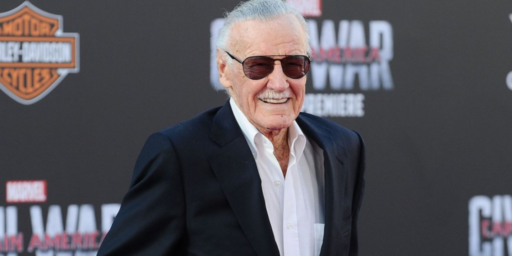
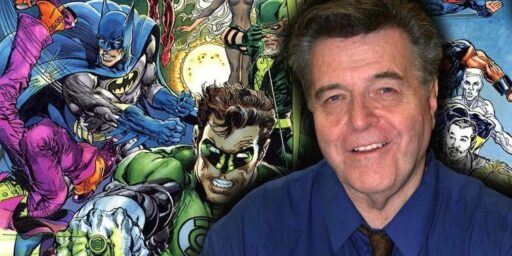
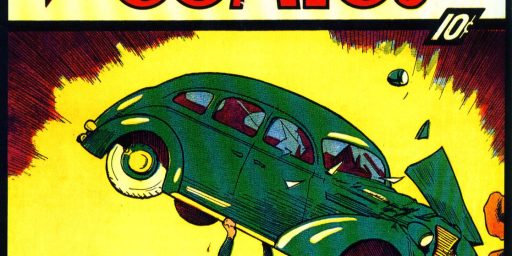
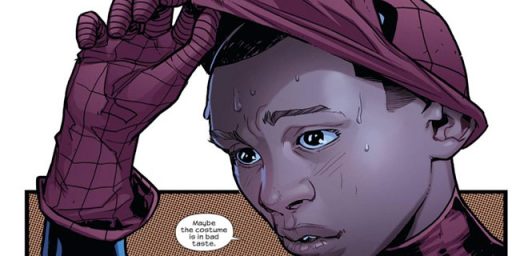
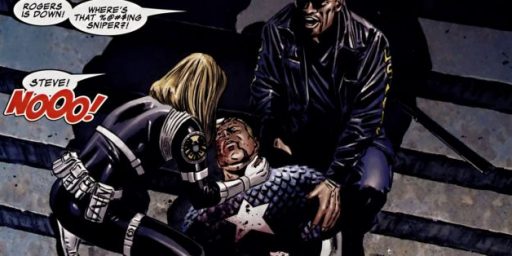
Reminds me of Adam West saying the only real catwoman was Julie Newmar, or Lee Meriwether, or Eartha Kitt.
The Legion of Super-Pets was cool.